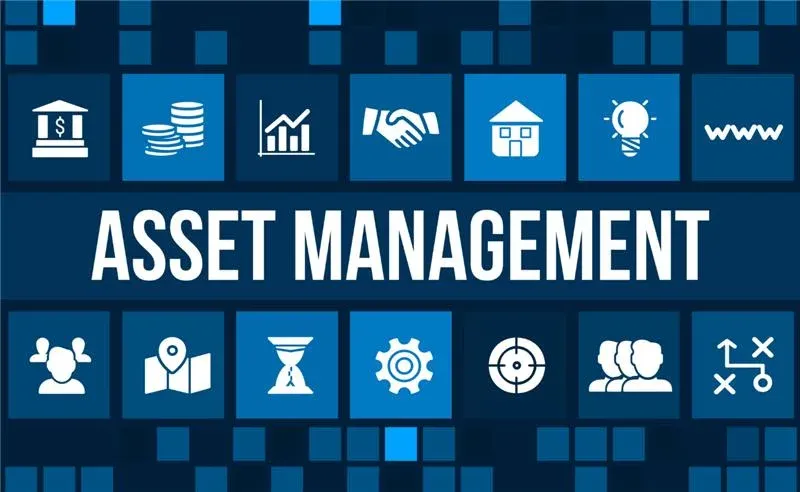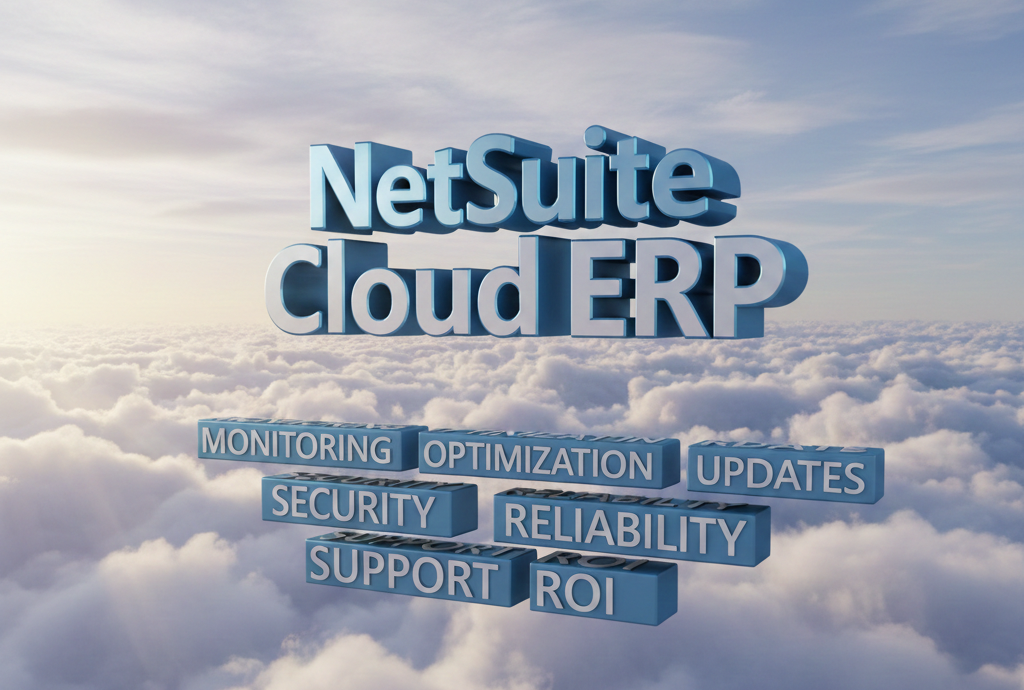What Decision‑Makers Mean by Financial Risk & Audit Exposure
You’re evaluating Oracle NetSuite ERP. You already know the baseline: better dashboards, unified data, automation. What you really need is confidence — confidence that your financial reporting is sound, audits go smoothly, and compliance isn’t a gamble. Because when risks slip through, the cost isn’t just money; it’s reputation, lost opportunities, maybe regulatory trouble.
This article breaks down how NetSuite helps reduce financial risk, sharpen compliance, and make audit readiness a strength — not a constant worry.
Financial risk includes internal issues (errors, fraud, bad processes) and external pressures (regulation, market shifts, currency fluctuations).
Audit exposure is about how prepared your systems, records, and policies are to satisfy internal auditors, external auditors, and regulators. It involves traceability, consistency, accuracy, and documentation.
You want systems that don’t just record things — ones that enforce controls, flag anomalies, provide transparency, and allow you to prove what happened and when.
Key Financial Risk / Audit Weaknesses That Hurt Most
Fragmented financial data
Multiple systems (spreadsheets, legacy software, third‑party tools) make it hard to see the full picture.
Manual and error‑filled processes
Manual reconciliations, spreadsheet exports, and copy‑pasting — each is a chance for mistakes or fraud.
Poor internal controls / weak segregation of duties
One person handling too many steps = risk of misuse or undetected errors.
Delayed / low‑quality reporting
Month‑end, regulatory reports, or audit prep take time because data is incomplete or inconsistent.
Changing regulatory environment
Tax laws, accounting standards, and local compliance rules keep evolving; staying compliant demands agility.
Unclear audit trails
If you can’t trace a transaction through all its stages (who approved, when, what changed), auditors will raise red flags.
How NetSuite Addresses These Weaknesses
| Weakness | NetSuite capability | What this means for risk & audit readiness |
|---|---|---|
| Fragmented Data / Silos | Unified ledger, integrated modules (orders, payables, receivables, inventory, etc.). | Gives one source of truth, reduces mismatch risk, and enables real‑time visibility. |
| Manual Processes | Automation of expense management, revenue recognition, account reconciliations, and billing. | Fewer manual errors, faster close cycles, and more consistency. |
| Weak Controls / Segregation | Role‑based permissions, approval workflows, and audit trails. | Enforces checks automatically; you get better accountability. |
| Poor Reporting / Delay | Dashboards, scheduled reports, and built‑in financial management (forecasting, budgeting). | You see issues sooner; regulatory or management reporting becomes reliable. |
| Regulatory Changes | Built‑in compliance with major standards; updates to reflect changes; multi‑jurisdiction / multi‑currency support. | Reduces the effort needed to adapt to regulation changes; lowers risk of non‑compliance. |
| Audit Trail Gaps | Full transaction logs, detailed version history, and change tracking. | When auditors ask, “who did what and when,” you have the answer. |
What This Really Means: Outcomes You Can Measure
Shorter audit cycles and lower audit fees
Because critical data is clean, complete, and traceable, external auditors spend less time digging.
Reduced risk of regulatory fines or restatements
With automated compliance and controls, you reduce exposure to non‑compliance, misstatements, or oversight penalties.
Faster financial close
Less manual fixup, fewer bottlenecks — you close the books sooner and with greater confidence.
Better forecasting and fewer surprises
Real‑time dashboards + scenario planning = you can see risks (liquidity squeezes, margin erosion) before they hurt.
Greater trust from investors, boards, and lenders
Transparent, audit‑ready reporting builds credibility when you need capital, raise funds, or report to stakeholders.
How NetSuite Strengthens Audit Readiness
Traceability and version history
Every change (who, what, when) is logged. If someone edits a transaction or reverses it, you can trace it. That’s essential in high‑stakes audits.
Approval workflows & permissions
You can enforce who can do what. For example, invoice approval by the manager, then the finance director; no way to jump steps. This reduces fraud and strengthens internal control.
Automated compliance modules
From revenue recognition (ASC 606 / IFRS 15) to tax, GST compliance, NetSuite includes built‑in features that help you stay aligned with rules without manual workarounds.
Consolidation & multi‑entity support
If you have operations in multiple subsidiaries or geographies, NetSuite can consolidate financials automatically, manage intercompany transactions, and produce unified reports — all with accuracy. That reduces error risk in cross‑entity consolidation and simplifies audits.
Built‑in reporting & dashboards
You can set up dashboards for KPIs relevant to compliance and risk (e.g. aged receivables, overdue invoices, and expenses variance). Scheduled reporting means stakeholders always have what they need at the right time.
Continuous monitoring and alerts
NetSuite lets you set up alerts: e.g., when expenses exceed budget thresholds, when invoices are unpaid beyond X days, when reconciliation fails, etc. These act like early‑warning systems.
Document management and attachments
Attach supporting documents (invoices, contracts, approvals) to transactions. Auditors love having everything in one place, fully accessible.
Implementation Considerations: What You Need to Plan
Strong governance during implementation
Set up roles & responsibilities early. Define who owns what: data migration, process design, and approvals.
Data migration is disciplined & clean
Garbage in, garbage out. Legacy data needs cleansing so audit trails are usable from Day One.
Change management & training
People often bypass controls because they don’t understand or view them as obstacles. Training, communication, and embedding policy in workflows matter.
Customization vs standardization balance
Over‑customization may weaken audit clarity or complicate future updates. Stick with standard workflows where they work, customize only when necessary.
Regular audits / mock audits
Don’t wait for the regulator or the external auditor. Run internal reviews to test control effectiveness and report accuracy.
Ongoing review of compliance requirements
Laws and accounting standards shift. Make sure you have teams monitoring changes (tax, industry regulations, ESG, etc.) and are ready to update processes.
Why NetSuite Over Alternatives – What Sets It Apart
You could pick any ERP. Here’s what makes NetSuite especially strong on compliance & audit readiness:
- It’s cloud native, constantly updated with regulatory and standard updates across jurisdictions.
- Real‑time visibility: financial data isn’t delayed by manual consolidation. That means earlier detection of anomalies.
- Broadly used, mature ecosystem: over 40,000 customers; many audits done on NetSuite. You benefit from proven practices.
- Secure, documented: built‑in logging, strong permissions, vendor support. Minimal need for bolt‑on tools just for compliance.
Final Take: What You Should Do Next
Get a risk map in place
Identify your biggest audit exposures and compliance gaps. Which areas — e.g., revenue, tax, internal controls — worry you most?
Assess NetSuite modules that address those gaps
For example: revenue recognition, ledger consolidation, document attachments, role‑based access, etc.
Run a pilot
Pick a financial process (month‑end close, compliance reporting, audit prep) and try implementing it with NetSuite. Measure time, errors, and approvals needed.
Engage with audit/compliance stakeholders early
Get input from legal, internal audit, and external audit firms. Make sure their needs are captured in terms of requirements and workflows.
Build in review cycles
Once NetSuite is implemented, set periodic reviews: are workflows being followed? Are processes updated with regulation changes? Audit trail gaps are closing.
Conclusion
Reducing financial risk isn’t about eliminating uncertainty — that’s impossible. It’s about managing uncertainty, being transparent, building processes that resist error or fraud, and ensuring compliance and audit readiness are baked into every financial workflow.
NetSuite isn’t just software. When done right, it becomes the backbone of your financial control framework: helping you spot issues early, prove your books under scrutiny, and keep regulators or auditors from catching you off guard.
If you want, I can help you draft a version specific to your industry (manufacturing, services, retail) so it speaks directly to your team and your biggest risks.
Frequently Asked Questions
How does NetSuite help in reducing financial risk?
NetSuite reduces financial risk by centralizing financial data, automating key processes like reconciliations and approvals, enforcing internal controls through role-based permissions, and providing real-time visibility into your financial health. This minimizes errors, prevents fraud, and ensures data integrity across the board.
Can NetSuite improve our audit readiness?
Yes. NetSuite is built with audit-readiness in mind. It maintains full audit trails, logs every transaction change, supports approval workflows, and allows you to attach documentation directly to records. Auditors can trace everything back to its source without manual workarounds or missing data.
Is NetSuite compliant with global accounting standards and regulations?
NetSuite supports major compliance frameworks including GAAP, IFRS, ASC 606, and tax regulations across multiple jurisdictions. Its cloud-native structure ensures regular updates as laws and standards change, helping organizations maintain compliance without manual interventions.
What NetSuite features support internal controls?
NetSuite enforces internal controls through role-based access, approval hierarchies, automated workflows, and change tracking. These built-in guardrails help ensure no single user can override or bypass critical financial processes.
How does NetSuite support multi-entity or global operations in terms of compliance?
NetSuite offers built-in support for multi-entity consolidation, intercompany accounting, and multi-currency reporting. This makes it easier to manage compliance and audits across subsidiaries, countries, and regulatory frameworks—all from a unified system.
What are the top compliance risks NetSuite helps mitigate?
NetSuite helps reduce exposure to financial misstatements, delayed reporting, regulatory non-compliance, and internal fraud. By automating controls and tracking every change, it creates a defensible, transparent environment.
Why choose NetSuite over other ERP platforms for compliance and audit readiness?
NetSuite is cloud-native, audit-proven, and used by 40,000+ organizations worldwide. Its compliance features are built in—not bolted on—and it’s updated regularly to stay aligned with evolving regulations. You get a tested, scalable system trusted by finance leaders across industries.







